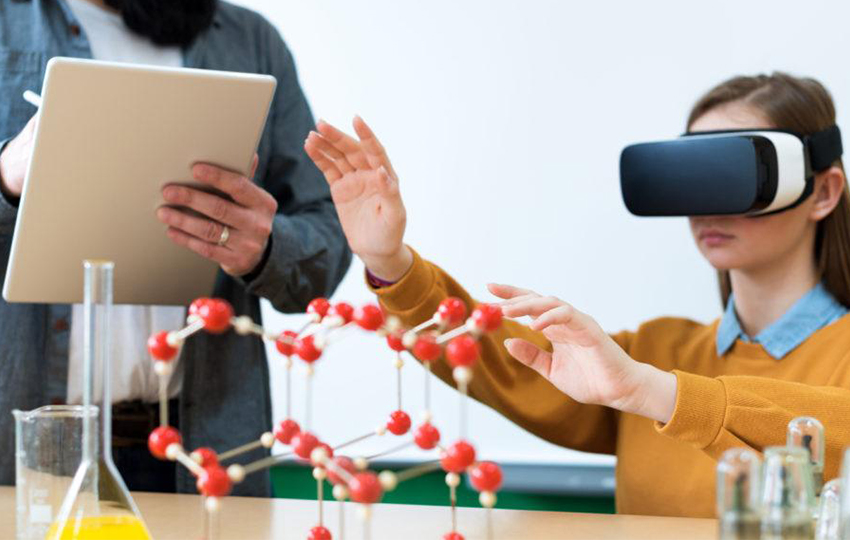Education and technology are two terms indissolubly linked. The evolution of technology always depends on education. It has been observed that lack of education is one of the main reasons why a large gap has been created in various scientific fields.
Young scientists with direct access to innovative educational methods have the potential to develop their knowledge and bring new discoveries in the field of science. Even more significant is the fact that they can help develop the know-how which in turn will help develop existing methods.
Nuclear Science Today
One of the most basic areas of science today is nuclear science. Nuclear science is the basis for some of the greatest discoveries of the century. It is no coincidence that more and more scientists are turning to this area.
Nevertheless, the world is at a rapid pace and there is a need for a breakthrough both in the field of nuclear science as well as in the educational methods that surround it.
The solution, of course, is innovation. Innovation in education can be translated in many different ways. Different methods that can change and enrich the current teaching methods as well as give students and future scientists the full understanding of nuclear science.
Speaking with examples, we could refer to a plethora of innovative ideas that have been implemented over the years in the field of education and science. A tangible and important example is the inclusion of science courses in schools, which enables young children to come into contact with the subject and perhaps follow it in the future.
Virtual Reality Educational Material
In this case, however, we are talking about the need to develop educational methods for adults directly related to the field. Therefore, we can see that in this area the use of virtual reality begins to gain ground. Virtual reality enables scientists to simulate environments that they do not have access to. This has the effect of acquiring a basic knowledge in practical applications of nuclear science, even if it is at a theoretical level.
In line with the objectives set by the European Union itself, virtual reality can bring innovation to nuclear science through the use of methods with a more targeted pedagogical style. We are talking about tools that will make nuclear science more interesting for new generations and at the same time enable scientists to develop their knowledge.
There is Need for Innovative Ideas
As a result, there is mobility for the implementation of projectsthat will promote the idea of virtual reality in the field of Nuclear Science. At the same time, there is a resurfacing of the know-how that will make these methods a reality.
We can easily see that research ideas focused on the development of this practice and the impact it will have on the scientific world are given priority for European funding.
At a pan-European level, organizations are aiming to create ideas that will be able to produce the right educational material. Ideas that will have as a priority the education of both students and teachers in the field of virtual reality and how they can use it properly. This will enable them to take this teaching method and use it in such a way as to impart the knowledge of Nuclear science into the younger generations.

